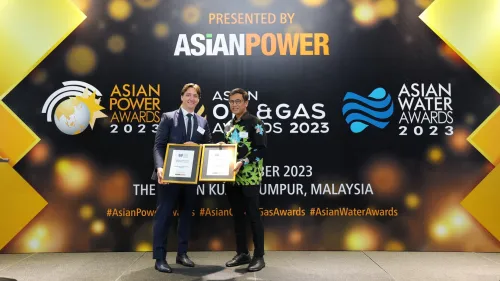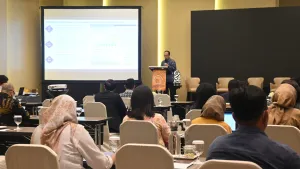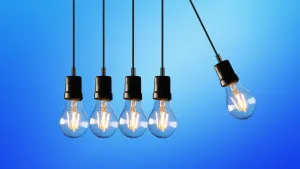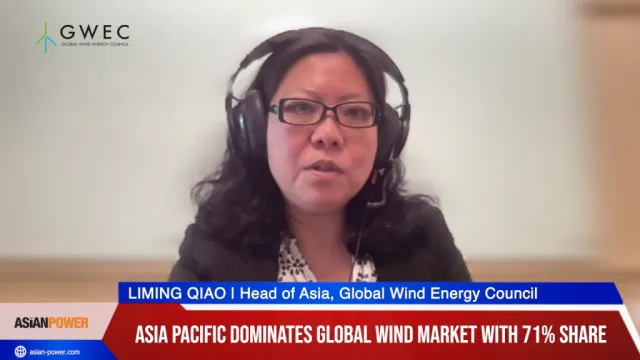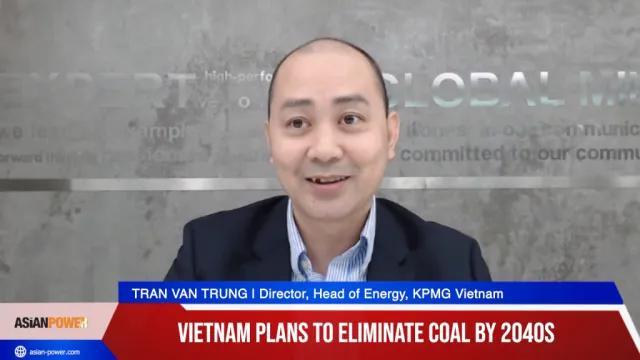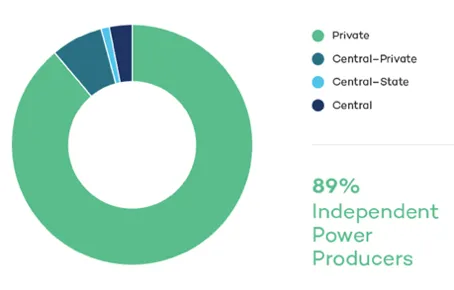
India's stressed power assets hit $26b as debt-ridden plants struggle to pay debt
Thermal power plant developers grappled with utilisation rates under 60% for two years.
India's power sector continued to put a damper on the recovery of the banking industry as the sector held $26b in total outstanding debt across 34 stressed coal-fuelled assets, according to the Institute for Energy Economics and Financial Analysis (IEEFA).
The total NPAs in the country sat at a whopping $144b as of FY17-18. IEEFA attributes the uptick in stressed assets to cost competitiveness of RE; financial distress of distribution companies; lack of compliance with air pollution regulations; rising water scarcity; non-availability of coal and gas; a lack of power purchase agreements (PPA) due to increasingly unviable cost structures; inadequate promoter equity and land acquisition issues.
The country’s thermal power plant developers are under severe financial stress as they grapple with capacity utilisation rates below 60% over the past two years.
“Further, late payments by loss-making DISCOMs and renegotiation of tariffs on power purchase agreements (PPAs) have added to the woes of developers, resulting in a double whammy that is clogging up the banking and power sectors alike,” the report said.
A separate report by ODI-IISD revealed that 88% of these plants are privately-owned. Chhattisgarh, Odisha and Jharkhand have the highest percentage of stressed state coal capacity at 58%, 55% and 27% respectively.
Failure to resolve these NPAs will make it difficult to maintain an annual net new thermal power plant (TPP) installs of 2-4GW, IEEFA said.
The government was cited to have undermined the Reserve Bank of India's attempts to force bankruptcies as a way to resolve the situation, like introducing import duties on solar modules as well as driving new investments in 'non-economic' high-carbon assets.
IEEFA noted that these interventions could instead be diverted to reducing unfunded DISCOM subsidies or funding public services in general.
"Reduced impediments to renewable energy infrastructure would also unlock new investment, employment and lock in lower cost domestic power generation, a boon to industrial and service sector growth, as well as consumers," they wrote.
“The Indian government should critically evaluate how their interventions are shaping the energy mix. In the aftermath of thermal stranded assets contingency, the government should provide well-structured policies to promote the renewable energy drive and reduce economic and financial risks leading to stranded assets in the sector,” the report concluded.
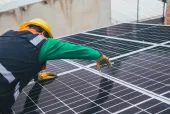

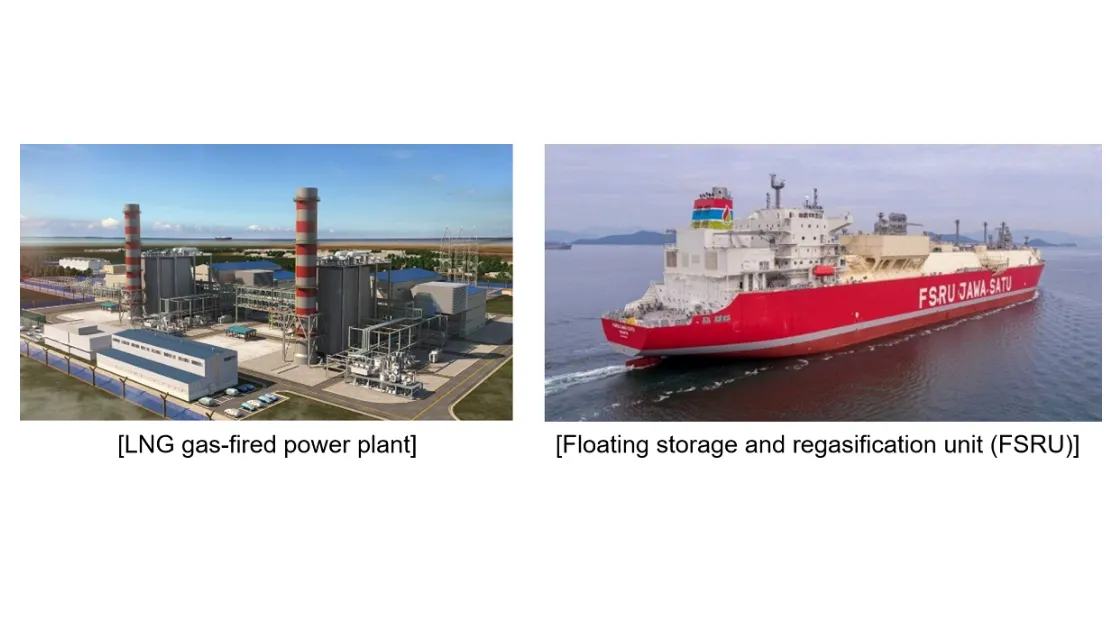
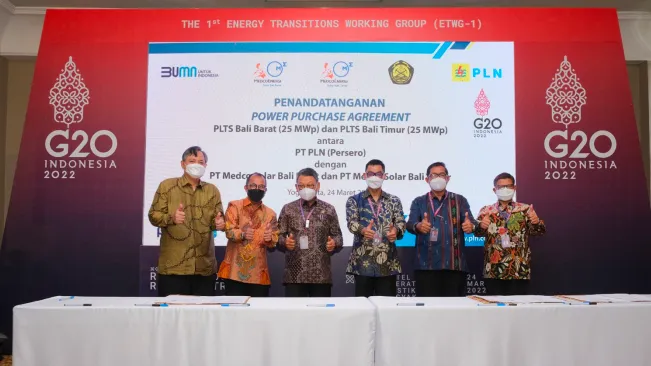



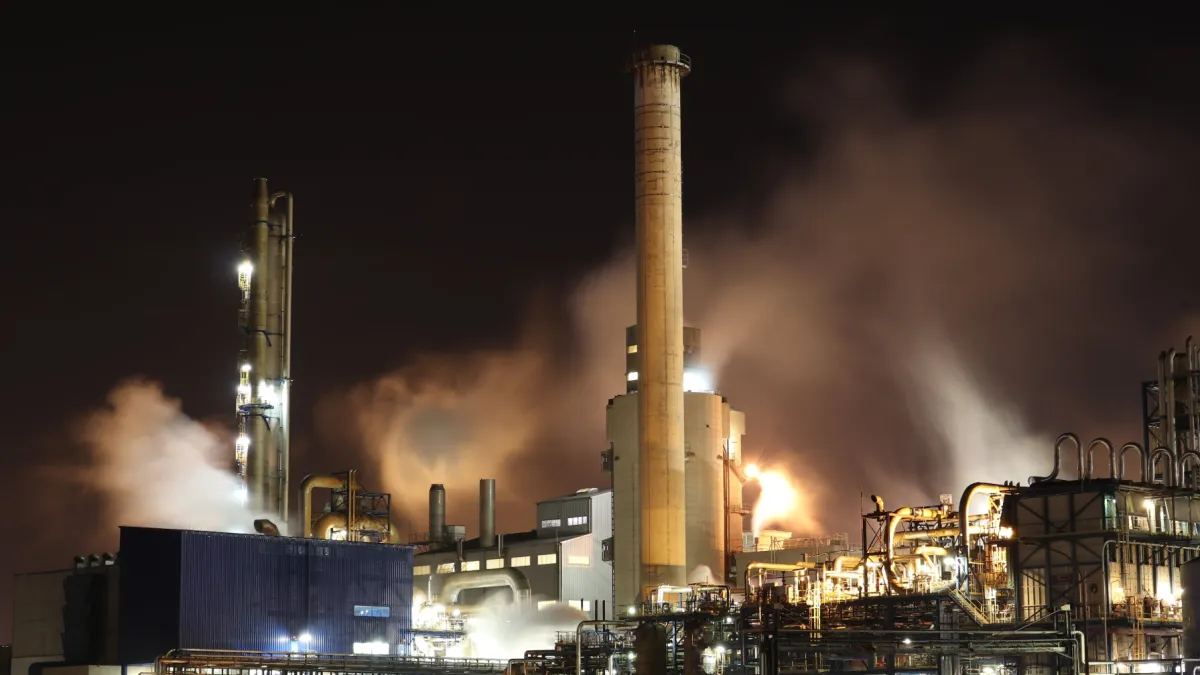

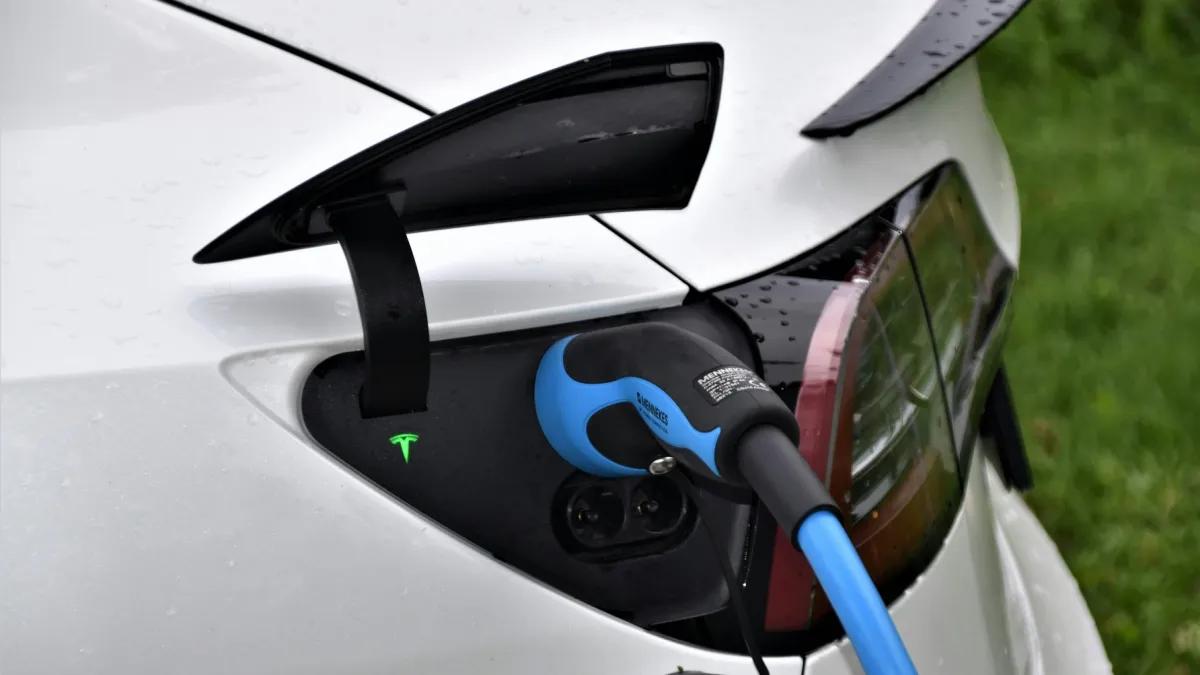



 Advertise
Advertise
